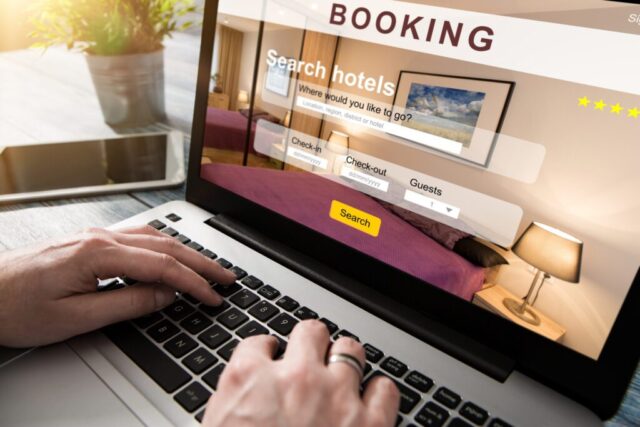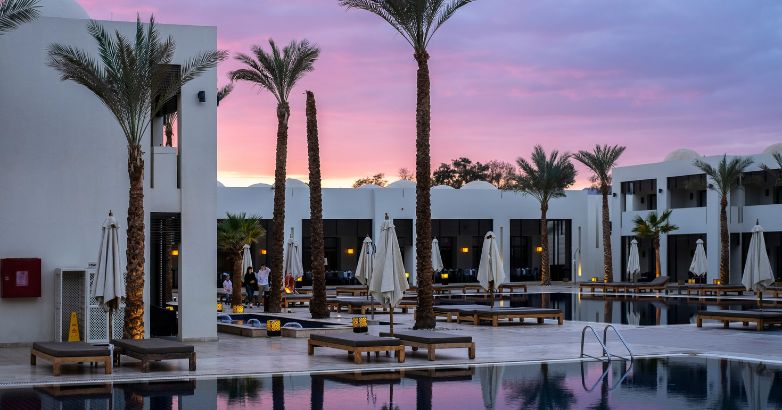In the competitive hospitality industry, your hotel’s website serves as a critical tool for attracting guests and converting visits into bookings. One of the most important elements of your site is how you showcase your room types. Effective presentation not only highlights the unique features of your accommodations but also enhances user experience, ultimately leading to increased reservations. Here are some best practices for showcasing room types on your hotel website.

1. Use High-Quality Images
The visual appeal of your room types can significantly influence a guest’s decision to book. Here’s how to optimize your images:
- Professional Photography: Invest in professional photography to capture your rooms. High-resolution images that highlight the room’s decor, layout, and amenities will create an inviting impression.
- Variety of Angles: Showcase multiple angles of each room, including wide shots and close-ups of unique features such as bedding, furniture, and bathroom amenities.
- Staging: Ensure rooms are well-staged and clean before photography. Adding small touches like fresh flowers or appealing decor can enhance the overall look.
2. Provide Detailed Descriptions
While images are crucial, detailed descriptions are equally important for conveying what guests can expect. Include:
- Room Specifications: Detail the size of the room, bed types, and maximum occupancy. This information helps potential guests make informed decisions.
- Unique Features: Highlight any special features such as balconies, views, hot tubs, or kitchenettes. Make it clear what makes each room type distinct.
- Amenities: List amenities included with each room, such as Wi-Fi, air conditioning, and room service. Guests appreciate knowing what they can expect during their stay.
3. Organize Room Types Clearly
A well-structured layout helps guests easily navigate your offerings. Consider the following:
- Categorization: Group room types into categories such as standard, deluxe, suites, and family rooms. This organization helps guests quickly find what they’re looking for.
- Comparison Feature: Implement a comparison tool that allows guests to view multiple room types side-by-side. This functionality can simplify decision-making.
- Navigation: Ensure that the room types section is easy to find from the homepage. Clear links in the main navigation menu can guide users directly to your accommodations.
4. Incorporate Interactive Elements
Adding interactive elements can enhance user engagement and make the booking process more enjoyable:
- 360-Degree Tours: Offering virtual tours allows guests to explore room types from different angles, providing a more immersive experience.
- Video Content: Short videos showcasing your rooms can be more engaging than still images. Consider creating a virtual walk-through that highlights room features and ambiance.
- Interactive Floor Plans: Include an interactive floor plan that allows guests to see room layouts and choose their preferred accommodations.
5. Highlight Special Offers and Packages
Promoting special offers or packages related to specific room types can encourage bookings:
- Seasonal Discounts: Highlight any seasonal promotions or discounts for certain room types. Use attention-grabbing banners or pop-ups to showcase these deals.
- Packages: Create packages that combine room bookings with additional amenities, such as breakfast, spa services, or local experiences. Clearly outline the benefits of each package.
- Limited-Time Offers: Encourage urgency by promoting limited-time offers on specific room types. This tactic can prompt guests to book quickly before the deal expires.
6. Optimize for Mobile Devices
With more travelers booking accommodations on mobile devices, ensure your room types section is optimized for mobile viewing:
- Responsive Design: Your website should adjust seamlessly to different screen sizes. Test the layout of your room types on various devices to ensure usability.
- Fast Loading Times: Optimize images and other media to ensure fast loading times. Slow websites can frustrate users and lead to abandoned bookings.
- Easy Navigation: Make sure the navigation is intuitive on mobile devices. Use touch-friendly buttons and avoid cluttered layouts.
7. Include Guest Reviews and Ratings
Social proof can be a powerful motivator for potential guests:
- Display Reviews: Feature guest reviews and ratings for each room type. Positive feedback can help build trust and encourage bookings.
- Highlight Guest Photos: Encourage guests to share their experiences on social media and feature their photos on your website. Authentic visuals from previous guests can resonate with potential customers.
8. Implement Clear Call-to-Actions (CTAs)
Effective CTAs guide users through the booking process:
- Book Now Buttons: Include clear “Book Now” buttons on every room type page. Ensure these CTAs stand out visually to catch the attention of potential guests.
- Contact Information: Provide easy access to contact information or live chat options for guests who may have questions before booking.
- Calendar Availability: Integrate a calendar showing availability for each room type, allowing guests to check open dates instantly.
Conclusion
Showcasing room types effectively on your hotel website is essential for attracting and converting potential guests. By implementing high-quality images, detailed descriptions, interactive elements, and clear navigation, you can enhance the user experience and drive more bookings. Remember to optimize for mobile devices, leverage guest reviews, and incorporate strong calls to action to maximize your website’s potential. With these best practices, your hotel will stand out in a competitive market, making it easier for guests to choose and book the perfect accommodation for their stay.


No responses yet